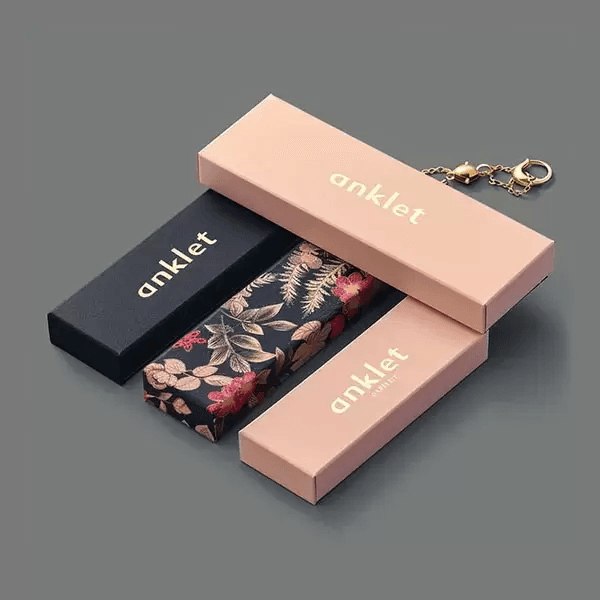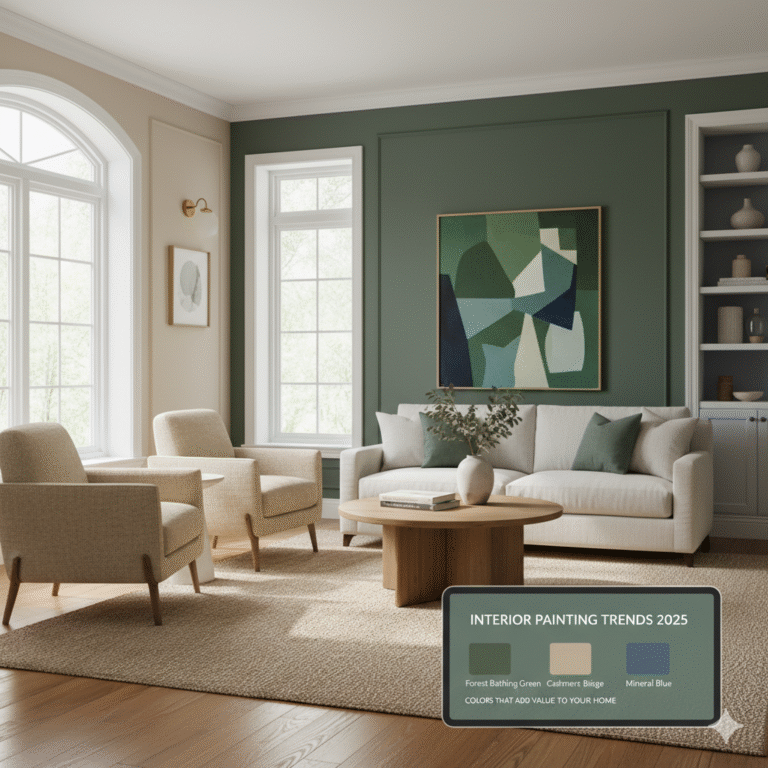Drafting has always been the language of design. Long before digital tools existed, architects and engineers relied on precise hand-drawn plans to communicate their ideas. But as technology evolved, so did the art of drafting. Today, Computer-Aided Design (CAD) stands at the heart of nearly every modern project — from skyscrapers to mechanical parts, from residential floor plans to intricate electrical layouts.
Behind every detailed CAD drawing is a skilled drafter who knows how to transform concepts into practical, buildable realities. The work of these professionals shapes how ideas come to life, ensuring that every project moves forward with accuracy and confidence.
The Role of Skilled CAD Drafters
CAD drafters are the quiet problem-solvers of the design world. They translate rough sketches, notes, and ideas into clear technical drawings that builders, manufacturers, and engineers can rely on. A talented drafter blends technical know-how with creativity, finding a balance between design intent and functionality.
Their role isn’t just about pushing buttons on software. It’s about understanding materials, spatial relationships, and the real-world implications of each line drawn. A skilled drafter brings clarity to complexity — and that’s what makes their work invaluable.
Some of their most common contributions include:
- Creating detailed 2D and 3D designs that serve as the blueprint for construction or manufacturing.
- Collaborating with engineers and architects to ensure accuracy and design feasibility.
- Making revisions and updates as projects evolve.
- Ensuring compliance with industry standards, safety codes, and design regulations.
A seasoned drafter knows that precision saves time and money. One small mistake in a drawing can lead to massive issues on-site — something no project can afford.
How CAD Services Have Transformed Design
The rise of digital drafting changed everything. Where once designers spent hours perfecting hand-drawn blueprints, now projects can be modeled in 3D, modified instantly, and shared across teams worldwide. This is the power of modern CAD Services.
What makes CAD tools so transformative is their versatility. They support multiple industries and adapt to different design needs. Architects use CAD for floor plans and elevations. Mechanical engineers rely on it for complex assemblies. Civil engineers apply it to road networks and infrastructure layouts.
Here’s why CAD technology has become essential:
- Speed and efficiency: Changes that once took hours can be made in minutes.
- Improved accuracy: CAD drawings minimize human error through precise digital measurement.
- Better visualization: 3D modeling lets clients and teams see exactly how a project will look.
- Enhanced collaboration: Cloud-based CAD platforms make it easy for teams to work together, even across continents.
- Integration with other systems: CAD connects seamlessly with tools like CAM (Computer-Aided Manufacturing) and BIM (Building Information Modeling).
Modern CAD Services aren’t just about drawing; they’re about creating digital environments where design ideas grow, evolve, and interact.
What Sets Skilled CAD Drafters Apart
Anyone can learn to use CAD software, but true expertise takes time. The best drafters understand design intent as much as they understand the software. They think ahead, anticipate challenges, and make sure their work aligns with both creative goals and practical realities.
Here are a few qualities that set expert drafters apart:
- Meticulous attention to detail: They catch small inconsistencies before they become major problems.
- Strong communication skills: Drafters act as the link between designers and construction teams.
- Adaptability: Every project brings unique requirements, and good drafters pivot effortlessly.
- Technical fluency: They’re proficient in tools like AutoCAD, Revit, SolidWorks, or MicroStation.
- Problem-solving mindset: They don’t just draw—they troubleshoot and improve designs.
The combination of these traits allows them to deliver drawings that are not only technically sound but also intuitively easy for teams to understand.
The Value of Partnering with a CAD Drafting Company
For many organizations, outsourcing drafting work to a CAD Drafting Company is a practical decision. These companies specialize in providing reliable, scalable drafting solutions, allowing architects, engineers, and manufacturers to focus on their core work while experts handle the technical drawing side.
Working with a dedicated drafting company offers several benefits:
- Access to specialized talent: You get a team experienced in multiple industries and project types.
- Cost efficiency: Hiring full-time staff can be expensive; outsourcing provides flexibility.
- Faster delivery times: A professional CAD Drafting Company can manage large workloads without delay.
- Quality control: Established firms follow standardized processes to ensure consistency and precision.
- Confidentiality and data security: Reliable providers maintain strict confidentiality agreements and data protection protocols.
This partnership approach works especially well for firms that face fluctuating workloads or need expertise in niche areas. It ensures that deadlines are met and quality stays high, even under pressure.
The Human Element Behind CAD
Despite the reliance on technology, CAD drafting remains a deeply human process. Software may handle the technical side, but it’s the drafter’s insight that brings meaning and accuracy to the design. They interpret what the software cannot — intention, aesthetics, and function.
A well-trained drafter knows when to question a design, when to adjust dimensions, and when to propose alternatives. These instincts come from experience and real-world understanding, not algorithms. That’s what separates an average drafter from an exceptional one.
Emerging Trends in CAD and Drafting
The drafting world continues to evolve as technology advances. Several exciting trends are shaping how professionals approach design today:
- Parametric modeling: Allows instant updates across designs when one parameter changes.
- Cloud-based collaboration: Teams can now edit and review drawings in real-time.
- AI-powered design tools: Intelligent software helps identify errors and improve efficiency.
- Sustainable design integration: Drafters increasingly focus on energy-efficient, eco-friendly layouts.
- 3D scanning and digital twins: Real-world structures can be scanned and recreated digitally for modification or analysis.
These innovations make modern CAD Services more powerful, helping teams work faster, reduce waste, and enhance creativity.
Choosing the Right Drafting Partner
Finding the right CAD partner takes more than comparing price quotes. It’s about trust, quality, and understanding. When selecting a CAD Drafting Company, consider these key factors:
- Experience: How long have they been in the industry?
- Portfolio: Do they have proven work in your specific field?
- Tools and technology: Are they using up-to-date software and workflows?
- Communication: Are they responsive and easy to collaborate with?
- Quality assurance: What checks are in place to ensure precision?
Asking the right questions ensures you find a team that aligns with your project goals and values accuracy as much as you do.
Conclusion
Skilled CAD drafters are more than technicians — they’re interpreters of design, masters of precision, and key contributors to every modern project. Their expertise forms the backbone of architecture, engineering, and manufacturing.
Reliable CAD Services and the support of a professional CAD Drafting Company make it possible to bring ideas from imagination to implementation smoothly and efficiently. Behind every strong structure or well-engineered product lies the work of someone who knew how to turn an idea into a flawless digital drawing.
In the fast-paced world of design, that skill is priceless.






